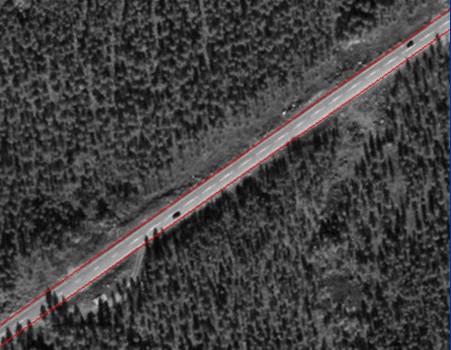AirQuip
AirQuip
High Resolution Air Quality Information for Policy
Air pollution has received considerable attention in recent years, especially in China as a result of rapid economic growth, but also in Norway, in particular during winter time. And yet, reliable scientific information on air pollution on local scales remains a limiting factor in accurate population exposure calculations, health impact assessment and air quality policy support. Regional scale data lack the necessary spatial resolution, while local scale data are limitted in coverage and do not capture long-range transported air pollution correctly. AIRQUIP will bridge the gap between regional and local scales by developing a novel downscaling method that relies on a state-of-the-art regional air quality modeling and the acquisition of proxy data on local scales, from high-resolution satellite images and other available sources. AIRQUIP will build on the experience from the European CAMS and PANDA projects, which have been providing operational regional air quality forecasts for Europe and China, respectively. Output from these projects will be downscaled to the local scale for all of Norway and for selected megacities in China frequently hit by severe air pollution. AIRQUIP will benefit from collaboration with partners in China who possess considerable expertise in acquisition of local data and in air pollution modelling. The downscaling method to be developed in AIRQUIP will be equally applicable in all countries where the necessary proxy data are available, notably in Europe. Dissemination of local scale air pollution data will occur through various channels (web pages, reports, workshops), both in Norway and in China.Particular attention will be given to experts on health impact, who require high resolution population exposure data, that will be provided by AIRQUIP. The project will also simulate exposure for future scenarios assuming different sets of emission reduction measures, in order to advise air quality policy makers on short and long time scales.
Images

Project period
Partners
Meteorologisk Institutt


